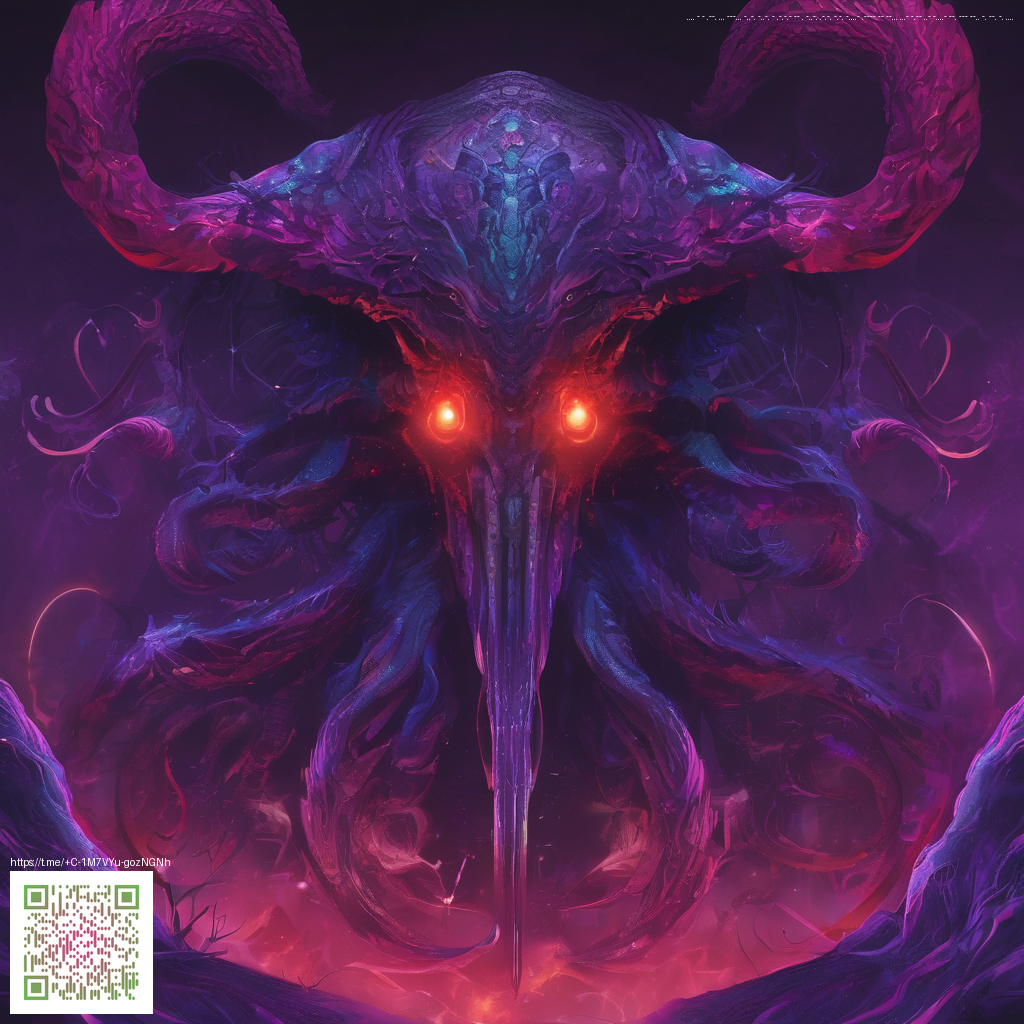
Retro-futurism and Forward Momentum in Command and Conquer
The enduring appeal of a classic real time strategy gem lies in how it marries tight micromanagement with big picture strategy. When Westwood Studios released Red Alert 2 under Electronic Arts’ banner in the year 2000, the franchise cemented a design language built on distinct factions, punchy humor, and a fast tempo that rewarded decisive decisions. The 2001 expansion Yuris Revenge expanded that ecosystem by introducing a new faction and a different tech path, underscoring how flexible core systems can be when built with modders and players in mind. Today, this legacy offers a blueprint for how future Command and Conquer titles might evolve without losing the charm that drew players in the first place 💠.
One of the most lasting takeaways from the era is clear: strong faction identity matters as a compass for both balance and player choice. Each side in Red Alert 2 was designed to feel unique, with its own unit archetypes, counters, and play rhythms. That kind asymmetry invites diverse strategies, from rapid harassment to slow, brutal attrition—while keeping accessibility intact for newcomers. If future entries embrace that philosophy, they can offer multiple viable paths to victory within a single match, ensuring meta-games emerge organically rather than being imposed from above. The challenge for designers is to preserve readability while enabling deeper experimentation with tactics and timing, a balance RA2 handled with surprising grace for its era 🌑.
Beyond raw gameplay, the community ecosystem around Red Alert 2 has been a masterclass in player involvement. The game shipped with tools that empowered fans to craft maps, campaigns, and even alter scenarios, long after public servers started to hum with activity. A robust modding culture, paired with a straightforward mission editor, kept the title relevant for years and created a living archive of community-driven content. This is a powerful reminder that the longevity of a strategy game often rests not just on the official DLC cadence but on how welcoming its tooling is to fans who want to remix, reimagine, and reinterpret its rulesets 👁️.
Looking at how updates and ongoing support might shape future titles, a few patterns emerge that are worth highlighting. First, balance patches should aim for transparency and predictability, with clear rationales that invite community feedback and testing. Second, a modern Command and Conquer game could benefit from stronger mod support across platforms, letting fans publish new factions, maps, and campaign arcs without being sidelined by proprietary barriers. Third, a healthy cadence of post-launch content that adds meaningful choices rather than cosmetic fluff keeps the player base engaged and excited about revisiting a familiar universe. Taken together, these elements form a blueprint for how a beloved RTS can stay fresh while honoring what made it great in the first place 🌗.
To illuminate the potential future trajectory, here are a few design directions that draw inspiration from the past while leaning into modern expectations. Modular faction design with authentic playstyles that reward experimentation rather than rote memetic builds. Dynamic campaigns that adapt to player actions across matches and through user-generated content. Accessible co-op progression that scales difficulty and rewards teamwork. And netcode that respects latency while preserving precise control so both casual players and tournament contenders feel the same thrill of a clutch moment. The result could be a Command and Conquer that feels both classic and contemporary, inviting long-term investment from veterans and newcomers alike 💥.
Developer commentary and community collaboration are not relics of the past. The best expansions and remakes lean into what fans love and what studios can responsibly evolve. By embracing strong, well documented design languages and open tooling, future titles can accelerate iteration while maintaining the soul of the original experience. It is this balance that keeps RTS communities vibrant—where a single map or a fan-made campaign can influence official development discussions and spark fresh ideas for years to come. The legacy is not merely nostalgia; it is a living lab for what a modern strategy game can achieve 🚀.
In short, the RA2 era offers a rich case study in how to design for both depth and accessibility. Its emphasis on clear faction identity, robust player-made content, and a healthy patch culture creates a template that could shape how future Command and Conquer games are built, released, and supported. If developers heed these lessons, the next wave of titles can honor the past while pushing strategic innovation to new heights.
Ready to support the ideas that power independent communities and decentralized platforms and keep the spirit of creative play alive? Join the conversation and help sustain a decentralized internet that puts players, modders, and fans first.
Support Decentralized Internet